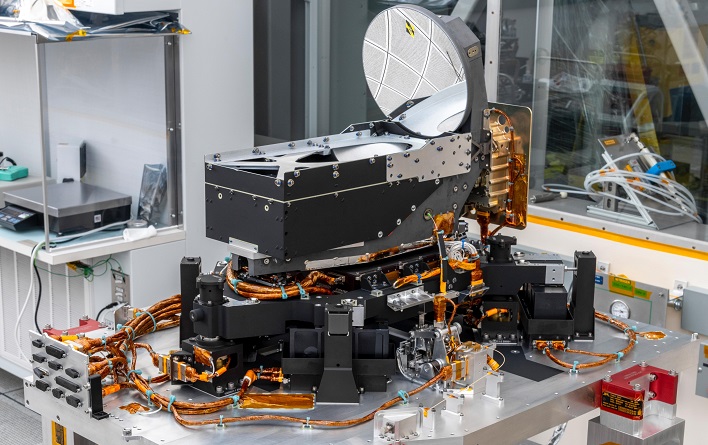NASA's Psyche Mission Launch Gets A Short Delay, But Check Out This Hype Video

Asteroid Psyche is exceptional because it appears to be the exposed nickel-iron core of an early planet. If true, it could hold unobtainable evidence from planets like Earth because the metallic hearts lie too far below the planets' rocky mantle and crusts to reach. The mission is being led by Arizona State University, with NASA's Jet Propulsion Laboratory (JPL) responsible for mission management, operations, and navigation.
The mission has several key science goals the team hopes to complete. Those include understanding iron cores, which are currently an unexplored building block of planet formation. It also includes attempting to directly examine the interior of a differentiated body, which otherwise could not be seen, as well as exploring a new type of world.
Along with a few scientific instruments, the Psyche spacecraft will also be testing a new laser communication technology, known as Deep Space Optical Communication, that encodes data in photons at near-infrared wavelengths (rather than radio waves) to communicate between a probe in deep space and Earth, according to NASA. This new technology will use light instead of radio, allowing the spacecraft to communicate more data in a given amount of time.

NASA and SpaceX are now looking at launching a Falcon Heavy with Psyche onboard from Launch Complex 39A at Kennedy Space Center on October 12, 2023, at 10:16am. This change in time frame allows the team to complete verifications of the parameters used to control the Psyche spacecraft's nitrogen cold gas thrusters. The thrusters are utilized to point the vehicle in support of science, power, thermal, and other demands, such as spacecraft orientation and momentum management.
According to the space agency, if the Psyche launch cannot launch on October 12, there will be launch opportunities every day following until October 25, 2023. For those interested in learning more about the mission, NASA has a webpage allowing anyone to get involved through different opportunities that range from free online courses to careers and internships.

